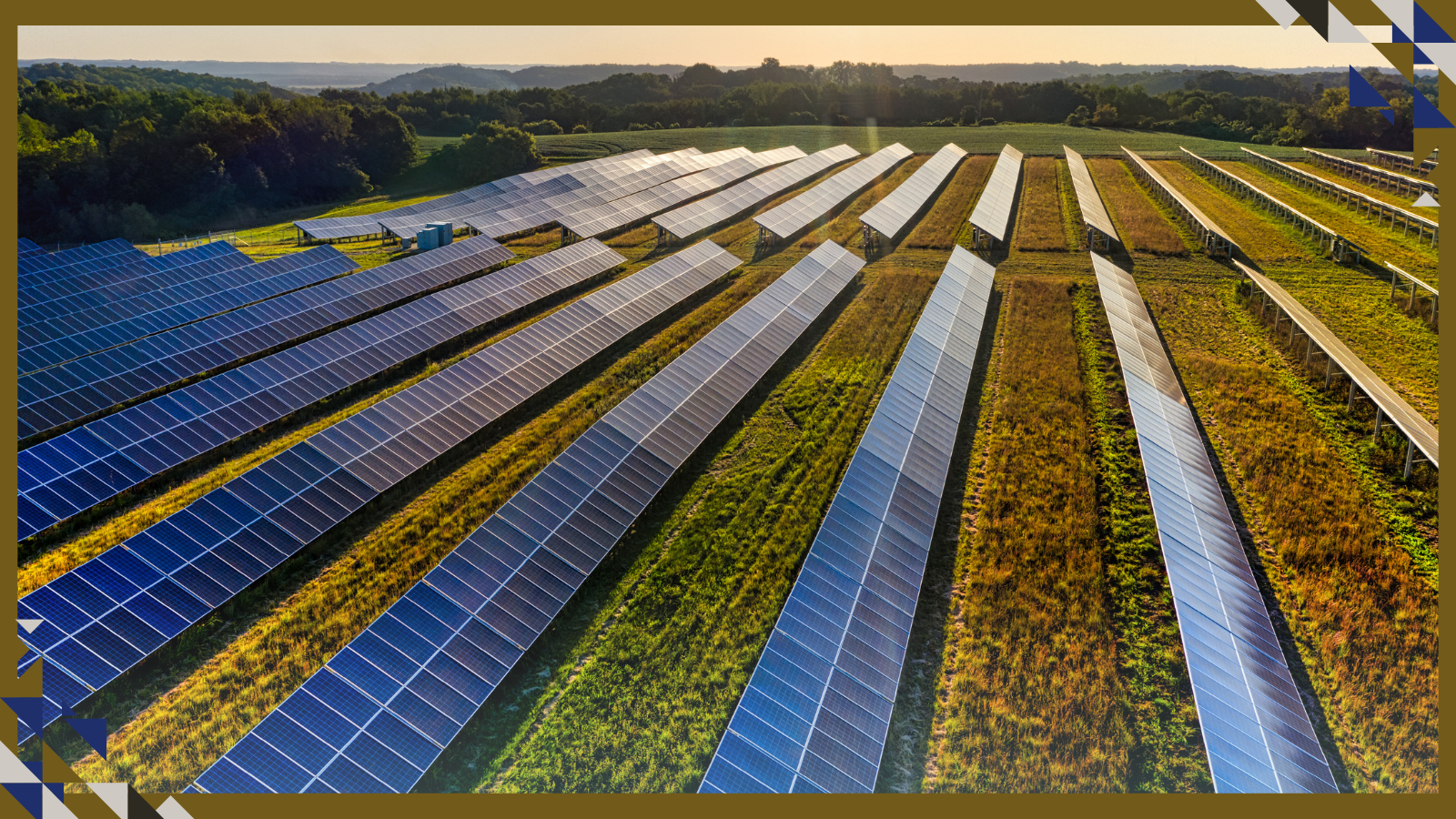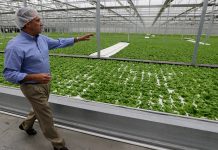Written by: Rajat Panwar/Yale Climate Connections
The back-to-back arrival of hurricanes Helene and Milton wreaked unprecedented havoc on the power grid in the southeastern U.S., leaving over 2 million households without power and reminding us all how disruptive life without electricity can be. To me, the images of darkness and disconnection felt all too familiar. I grew up in rural India, where power outages were frequent, and reliable electricity was a luxury, not a given. This is true, even today, for roughly 1.1 billion people worldwide who lack access to reliable electricity.
Energy poverty is one of the least visible, yet most pressing, global inequalities. According to the International Energy Agency, nearly 9 percent of the world’s population lives without any access to electricity, primarily in sub-Saharan Africa and South Asia. Without electricity, basic needs like clean water, health care, and education become much harder to meet. Clinics without power can’t store vaccines properly, and homes without electric light rely on dangerous kerosene lamps that contribute to indoor air pollution. Children in energy-poor regions struggle to study after sunset – as I did – limiting their educational opportunities and their potential for future success.
What is clear from the growing frequency of extreme weather events is that the global energy system is vulnerable and climate change is making it even more so. Power grids are ill-equipped to handle the increasing stresses from a warming planet, even in advanced economies: Witness the failure of the Texas power grid in 2021. In less developed economies, the situation is often worse, sometimes sparking protests against utility providers to restore electricity. But the solution isn’t simply to expand fossil fuel-based infrastructure. To combat both energy poverty and climate change, we must invest in resilient, sustainable energy systems.
Renewable energy, particularly solar power, presents a viable and affordable solution for many global communities living off the grid. In recent years, solar technologies have become cheaper, more efficient, and easier to deploy, offering a way to bring electricity to even the most remote areas without further harming the environment.
Worldwide, international organizations, governments, private companies, and communities are actively deploying solar-based microgrids, which are self-contained, independent electricity grids that can provide power to a small area.
While successful examples of solar-based microgrid installations exist worldwide – from the Philippines to South Africa – maintaining these systems often proves challenging, primarily due to limited resources for battery replacement. Sometimes, local expertise for maintenance is also unavailable or entirely lacking. Energy poverty thus becomes a self-perpetuating energy poverty trap.
Breaking free from this trap requires a three-pronged strategy: a financing model that covers both up-front investment and long-term maintenance costs, development of local technical capacity, and support from local government to ensure the successful implementation of private-sector solar microgrid models. None of these are easy, but none are insurmountable.
The power outages in the southeastern U.S. should serve as a wake-up call, not only to the vulnerability of U.S. energy systems but to the long-term harms of global energy poverty. While the lights in our southern states have mostly turned back on, over a billion people worldwide remain in darkness, with no certainty of change. Solar microgrids can transform this reality, but they require substantial financial resources and a longer-term vision. Private sector investors and development finance institutions have a big responsibility to prevent hundreds of millions of children, like me, from having to inhale kerosene fumes night after night just to do their homework.
This article originally appeared on Yale Climate Connections







